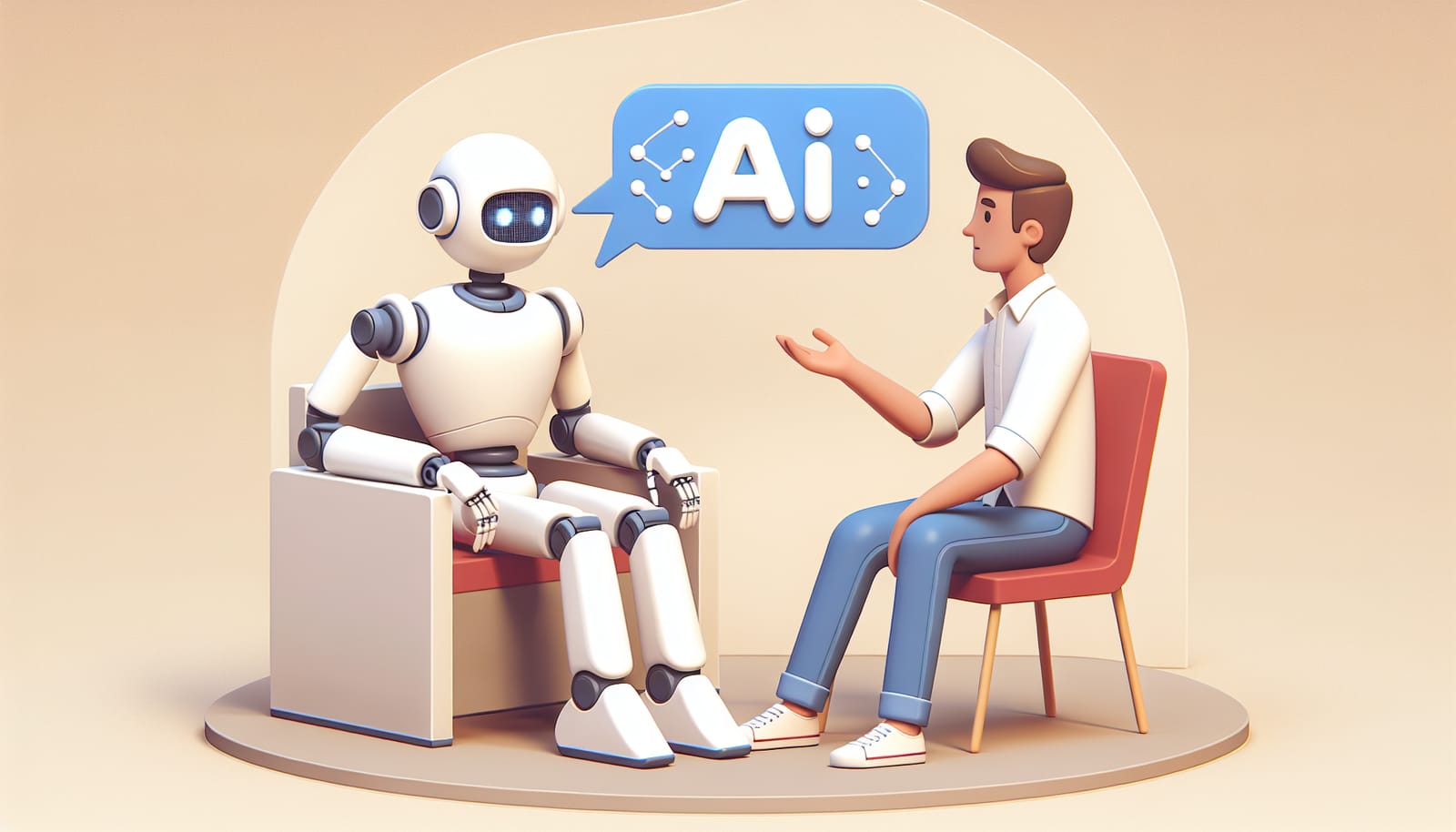Artificial Intelligence (AI) is a fascinating field that has captured the imagination of people all over the world. As we dive deeper into this rapidly evolving technology, one common belief has emerged: the bigger the model, the smarter it must be. But is that really true? In this article, we will explore why having a larger AI model doesn’t always equate to a more intelligent one.
Understanding AI Models: What Are They?
Before we dive into the heart of the matter, let’s start with the basics. An AI model is like a recipe. Just as a recipe tells you how to combine ingredients to make a cake, an AI model tells a computer how to process data and make decisions. These models learn from vast amounts of information, adjusting their internal settings to improve their performance over time.
Imagine teaching a child to recognize animals. You show them pictures of cats and dogs, and they learn to identify them by looking for specific features, like whiskers or tails. Similarly, AI models learn from data, picking up patterns and relationships.
The Size Paradox: Bigger Isn’t Always Better
The belief that bigger models are smarter often stems from the success of large models like GPT-3, which can generate human-like text. These models are trained on massive amounts of data with billions of parameters—essentially the settings that help the model make decisions. While it's true that larger models can handle more complex tasks, more isn’t always merrier.
Think of it this way: if you were trying to solve a puzzle, having more pieces doesn’t necessarily make it easier. Sometimes, having too many pieces can confuse you, leading to mistakes. In the AI world, this is known as overfitting, where a model becomes too tailored to its training data and struggles to generalize to new data.
The Importance of Quality Over Quantity
When it comes to AI models, quality of data is just as important—if not more so—than quantity. A small, well-curated dataset can sometimes yield better results than a massive, noisy dataset. For example, if an AI model is trained on high-quality images of cats and dogs, it will likely perform better than a model trained on millions of random images that include poor quality or unrelated content.
Just like reading a good book helps you improve your vocabulary more than reading a pile of magazines, quality training data helps AI models understand the world better. This principle highlights the importance of careful data selection and preparation in the AI development process.
The Role of Architecture in Model Performance
Another aspect to consider is the architecture of the model. The way a model is structured can significantly impact its performance. For instance, some models are designed to excel at specific tasks, while others may be more general-purpose.
Imagine you have a toolbox. If you need to fix a leaky faucet, a wrench will be more useful than a hammer. Similarly, a well-designed AI model tailored to a specific job can outperform a larger, more complex model that isn’t optimized for that task.
In the AI realm, researchers continually explore new architectures to improve efficiency and effectiveness. Sometimes, a smaller, more specialized model can outperform a larger, more generalized one simply because it's better suited for the task at hand.
The Impact of Computational Resources
Developing and training large AI models requires substantial computational resources. This means powerful hardware, vast amounts of electricity, and significant time. These requirements can create barriers for smaller companies or research groups, leading to a concentration of power in the hands of a few.
However, advancements in technology are making it possible to create smaller, more efficient models that can run on standard hardware. For example, researchers are exploring techniques like distillation, where a smaller model learns to replicate the behavior of a larger model. This way, we can retain much of the larger model's intelligence while making it accessible to a broader audience.
The Future of AI: Balancing Size and Intelligence
As AI continues to evolve, we must strike a balance between model size and intelligence. Researchers are increasingly focusing on creating models that are not only powerful but also efficient and accessible. This shift could lead to more innovative applications of AI, allowing more people to benefit from this amazing technology.
One exciting area of research is "neural architecture search," where AI helps design new models that can outperform existing ones. This approach can lead to smaller models that maintain high performance levels, making AI technology more sustainable and efficient.
Conclusion: A Bright Future Ahead
In conclusion, the idea that bigger models equate to smarter models is a myth that we must challenge. While larger models can handle complex tasks and generate impressive results, they are not always the best solution. The key to smarter AI lies in the quality of data, the model architecture, and the efficient use of resources.
As we move forward in the world of AI, we must embrace a diverse range of models, focusing on what truly works best for each application. By doing so, we can unlock new possibilities, making AI smarter, more efficient, and more accessible for everyone. So, whether it's a big model or a small one, remember that intelligence comes in many shapes and sizes!
By understanding these principles, we can appreciate the beauty and complexity of AI and look forward to a future where technology continues to enrich our lives in ways we can only imagine.


